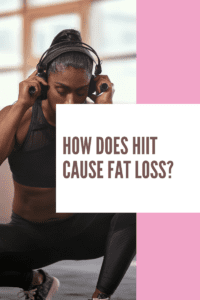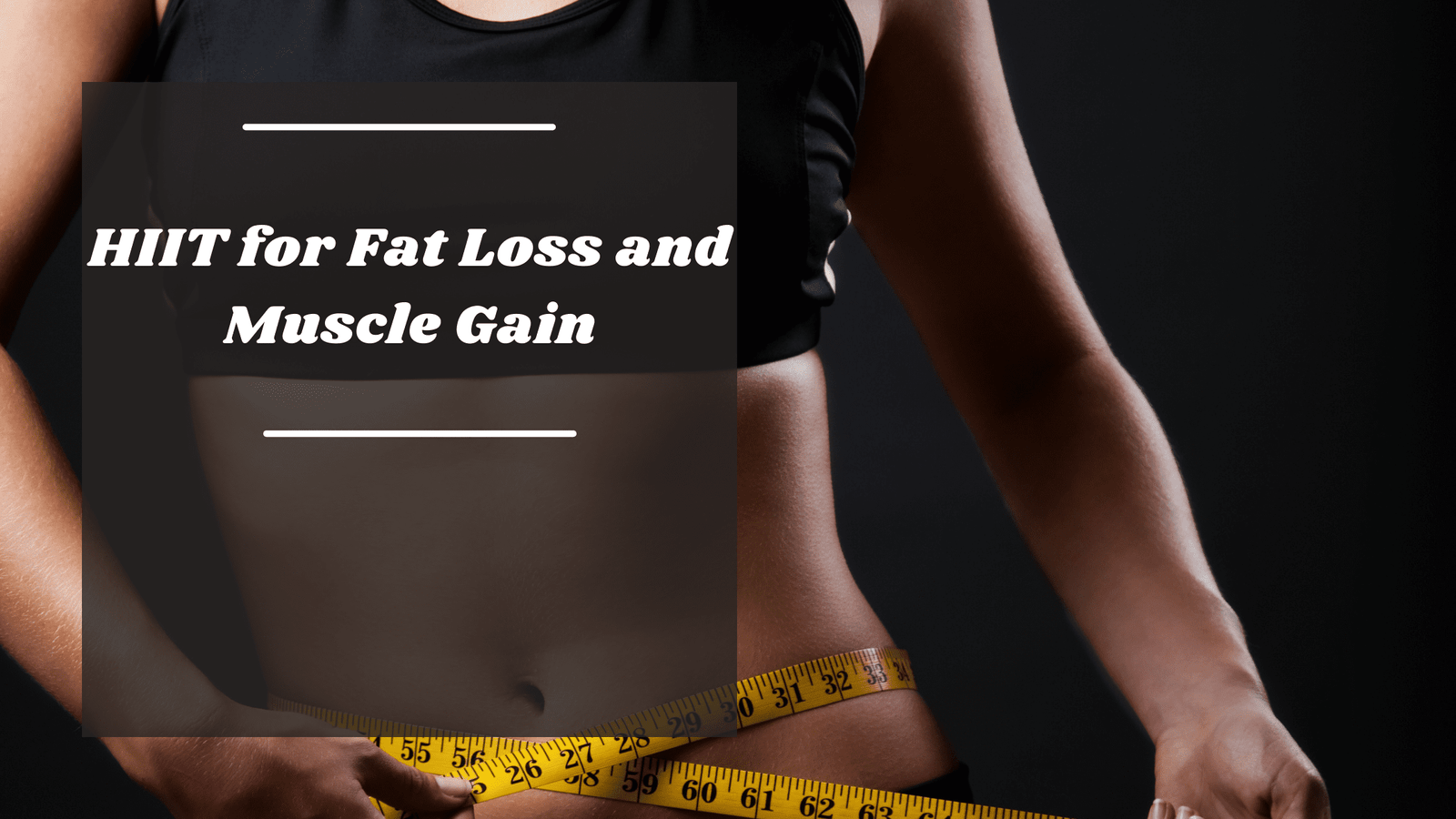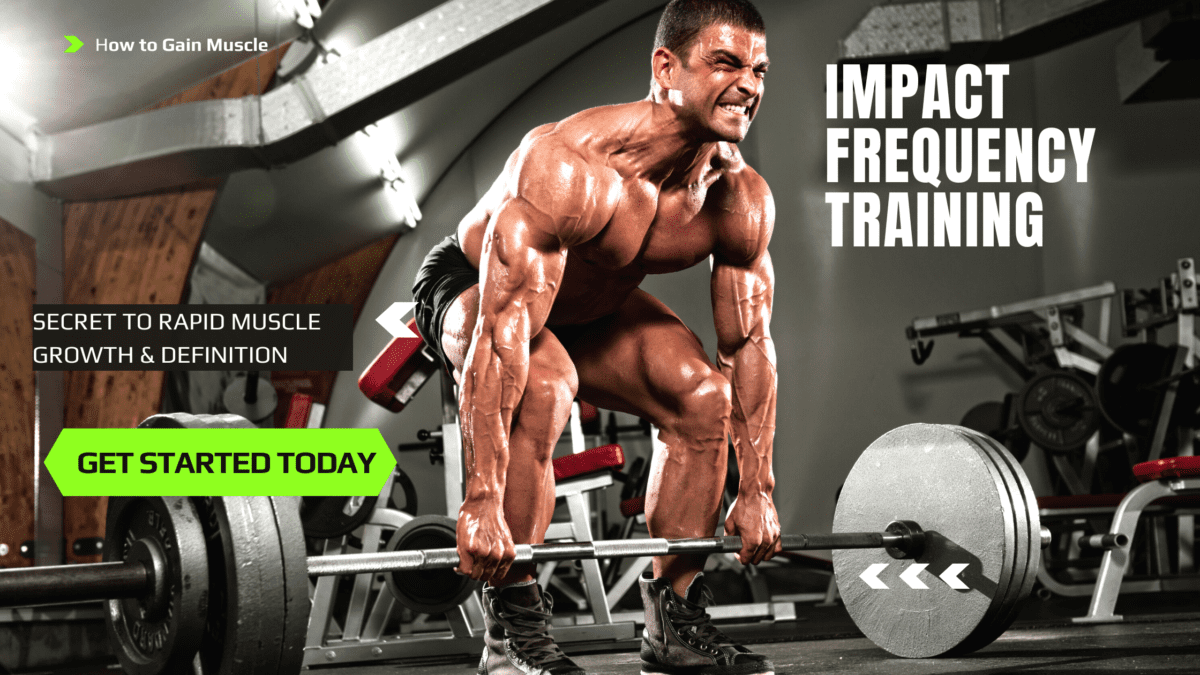HIIT is no doubt a great way to melt off those body fat. The workout aims at quick fat burning and the ultimate reduction of fat cells that store fat reserves. But before moving on to the mechanism of fat burning by high intensity workouts or any other methods, you need to understand the mechanism of fat storage in the body.
When you consume food, some of it is used as glucose for energy expenditure. The extra food is stored in the form of glycogen in the liver. This is the reserve food that is used once the glucose levels in the body become low.
Fats and triglycerides are also used by the body for energy and fats provide the largest amount of energy. Extra fat is stored in cells called adipocytes that are abundant in the flank, thighs and the abdomen region. The aim of any exercise is to signal the body burn these reserve carbs and fats.
But before this happens, the body has to exhaust the glucose and triglycerides that are already present in the body. Once those are used up for fuel, the body starts to use the reserve glycogen and fats.
How Does HIIT Cause Fat Loss?
 Metabolism refers to all the processes that take place in the body. These can be of two types.
Metabolism refers to all the processes that take place in the body. These can be of two types.
Anabolic
These are the reactions in which new products are synthesized using the reactants that are present in the body. These things are often extracted from the food we take in, such as proteins and carbs.
Catabolic
These reactions are the ones in which something is broken down into smaller particles or for excretion from the body. These reactions may be fat oxidation in which fats are burnt into their respective components. Other than that, catabolic reactions include carb burning and breaking down of larger nutrients into their monomers use these building blocks for making something new.
Both these reactions take place side by side and both need energy to function. This energy comes from burning carbs that are already present in the body.
Both these reactions take place side by side and both need energy to function. This energy comes from burning carbs that are already present in the body.
With HIIT your metabolism remains in action even in the resting stage; HIIT is much better at enhancing resting metabolism than aerobic exercises. It keeps the resting metabolism going on at a significant rate for 24 hours after the workout, which is just in time for the next workout. Therefore, it keeps the body burning fat during the whole day, even when at rest.
HIIT And Fat Oxidation
Fat oxidation is the process in which fats are broken down into triglycerides. In cells, oxidation of fat occurs as a result of which triglycerides are produced. These are used for energy provision or they can be stored in the adipose tissue. Since HIIT induces fat oxidation, it ensures that body fat is being broken down instead of getting stored up.
The liver is the only organ in the body that can dispose of cholesterol. When fat reserves build up on the liver, the liver cannot function properly due to pressure exerted on it by the fat concentration. As a result of HIIT, the fat reserves melt which causes the liver to function properly for disposing off cholesterol.
Increase In Growth Hormone Levels
HIIT has also shown to increase growth hormone levels. This hormone is also involved in the fat burning mechanism in the body along with enhancing metabolism. In the presence of this hormone, the metabolic rate of the body improves and the efficiency of metabolism is also enhanced significantly.
During high intensity workouts, a chemical is produced in the body called catecholamine. This chemical facilitates fat loss since it mobilizes the stored fat. The fat reserves keep increasing in the body until the previous ones are burnt.
In the presence of this chemical, the fat that is stored in the adipose tissue is mobilized so that it can be used as fuel for energy. The primary source for fuel in the body is carbohydrates so the body has to produce some kind of chemical to make the fats available for fuel.
How Does HIIT Build Muscle Mass?
HIIT is also responsible for building muscle mass. This is because HIIT builds endurance and causes more blood flow with better contractility to the muscles. The blood carries oxygen and nutrients to all parts of the body. After high intensity workouts, more oxygen is taken to the muscles. This results in oxidative respiration in the muscle.
Anaerobic conditions cause the production of lactic acid in muscles. This is why the muscles feel fatigued and they get sore. If more oxygen is taken to the muscles, aerobic conditions persist and oxidation process occurs. As a result, you build more muscle mass in the long run.
Moreover, blood also takes nutrients to the muscles. These nutrients are essential for the muscle growth and development, especially the proteins. Proteins can be used as energy source for growth of the muscles. Also, they are great for repair.
Every time you work out, muscle wear and tear takes place which has to be treated by the body. Proteins play a role in this process and they repair the muscle fibres that have been damaged during intense workouts. Also, they make new muscle fibres using amino acid as building blocks. These amino acids are used for making muscle proteins called actin and myosin which are responsible for muscle contraction and relaxation.
Metabolism And Muscle Mass
HIIT increases the rate of metabolism in the muscles in active stage and keeps metabolic activities going on even in the resting stage. In the anabolic reactions, new products are made for muscles. In this process, muscle mass is also built. Since high intensity workouts keep the anabolic activities going on for 24 hours following the workout, they ensure that muscle synthesis is taking place at all times.
As such, high intensity workouts are great for burning fat since they increase the metabolic rate and also increase the fat oxidation rate in the body. Plus, it also reduces appetite and increases fat mobility by increasing the amount of catecholamine. Along with fat loss, high intensity workouts are also responsible for increasing lean muscle mass which is a great way for people to get their dream body.


